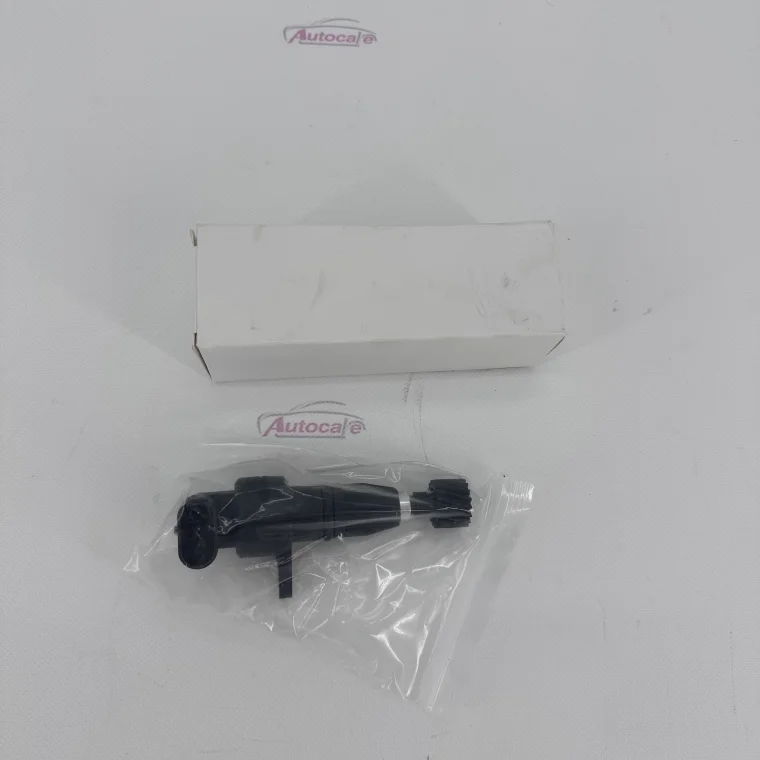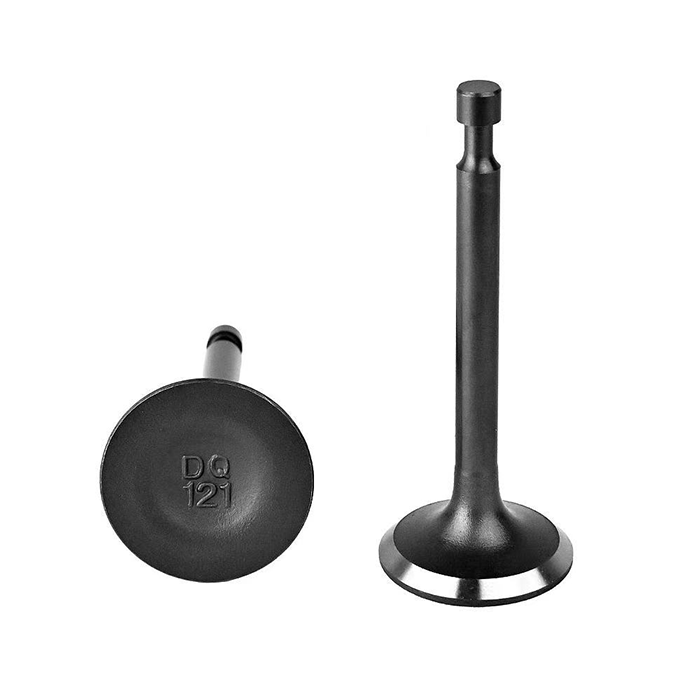In an era where time is of the essence, the quest for speed in transportation has led to remarkable innovations. Among the myriad of options available, one mode stands out not only for its velocity but also for its staggering costs: private jets. This article delves into the intricacies of private jet travel, examining why it is considered the most expensive mode of transportation while also being one of the fastest.
The Allure of Private Jet Travel
Private jets epitomize luxury and exclusivity, offering a unique travel experience that commercial airlines simply cannot match. The appeal lies not only in the speed of travel but also in the convenience and comfort that come with it. For business executives and affluent individuals, the ability to bypass long security lines, avoid layovers, and fly directly to their destination is invaluable.
Speed and Efficiency
When discussing speed, private jets can reach cruising speeds of approximately 500 to 600 miles per hour, depending on the aircraft model. This is significantly faster than commercial airliners, which typically cruise at around 450 to 500 miles per hour. Moreover, private jets can access smaller airports, allowing them to land closer to the final destination and reducing overall travel time.
For instance, a flight from New York to Los Angeles on a private jet can take as little as five hours, compared to the seven to eight hours it may take on a commercial flight, factoring in layovers and waiting times. This efficiency is particularly crucial for business travelers who need to maximize their time.
The Cost Factor
However, this unparalleled speed and convenience come at a hefty price. The cost of chartering a private jet can range from $1,200 to $8,000 per flight hour, depending on the aircraft type and distance traveled. For instance, a mid-size jet like the Hawker 800XP may cost around $3,500 per hour, while a larger jet like the Gulfstream G650 can soar to $6,000 or more per hour.
In addition to hourly rates, there are other expenses to consider, such as landing fees, fuel surcharges, and crew costs. For frequent travelers, the option of purchasing a fractional ownership or a jet card can mitigate some costs, but the initial investment remains substantial.
The Technological Edge
The rapid advancements in aviation technology have also contributed to the appeal of private jets. Modern jets are equipped with state-of-the-art navigation systems, enhanced safety features, and luxurious amenities that cater to the needs of high-profile passengers. The introduction of supersonic jets, such as the Boom Overture, promises to further revolutionize air travel by significantly reducing flight times while maintaining the luxury associated with private aviation.
Environmental Considerations
As the world becomes increasingly aware of environmental issues, the carbon footprint of private jets has come under scrutiny. While they offer speed and convenience, private jets are less fuel-efficient per passenger compared to commercial airlines. However, many private jet companies are taking steps to mitigate their environmental impact by investing in sustainable aviation fuels and carbon offset programs.
Conclusion
In summary, private jets represent the most expensive yet one of the fastest modes of transportation available today. They offer unparalleled speed, convenience, and luxury, making them a preferred choice for those who can afford it. While the costs are significant, the benefits of time saved and personalized service often justify the investment for business leaders and affluent travelers. As technology continues to evolve, the future of private aviation looks promising, with innovations that may redefine speed and sustainability in the skies.






+ There are no comments
Add yours